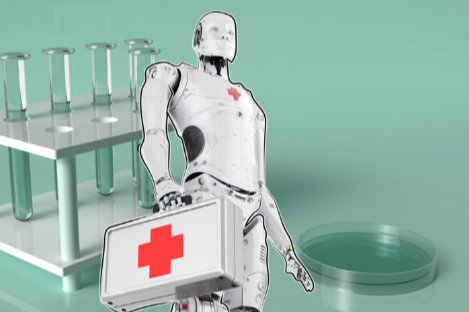How Robotics Is Revolutionizing Healthcare

The integration of robotics in healthcare is transforming the industry in significant ways. Surgical robotics enhance precision and efficiency, while rehabilitation robots aid in patient recovery. Furthermore, automated systems streamline medication delivery, ensuring safety and accuracy. These advancements raise important questions about the future of patient care and the potential for further innovations. As technology evolves, the implications for both healthcare providers and patients are worth exploring.
Advancements in Surgical Robotics
Advancements in surgical robotics have revolutionized the landscape of modern medicine, enhancing precision and outcomes in complex procedures.
Robotic precision allows surgeons to execute intricate maneuvers with unmatched accuracy, minimizing tissue damage. This technological evolution significantly boosts surgical efficiency, reducing operation times and recovery periods.
As robotics continue to advance, the potential for improved patient outcomes and enhanced surgical mastery becomes increasingly promising.
Read more: The Future of Wearable Tech: Beyond Smartwatches
Enhancing Patient Care Through Rehabilitation Robots
Rehabilitation robots are transforming patient care by providing innovative solutions that enhance recovery processes for individuals with mobility impairments.
Robotic exoskeletons facilitate movement, promoting independence and motivating patients during rehabilitation.
Furthermore, therapy automation streamlines repetitive exercises, allowing therapists to focus on personalized care.
This integration of robotics not only accelerates recovery but also empowers patients, enriching their overall rehabilitation experience.
The Role of Robotics in Medication Delivery and Management
As healthcare continues to embrace technological innovations, robotics is making significant strides in the realm of medication delivery and management.
Automated dispensers enhance dosage accuracy, ensuring patients receive the correct medication at the right time. This technology minimizes human error, streamlining processes and improving overall safety.
Conclusion
In conclusion, the integration of robotics in healthcare stands as a beacon of innovation, illuminating pathways to enhanced patient outcomes and safety. From surgical precision to empowering rehabilitation, these technological marvels are reshaping the landscape of medical care. As robotics continue to evolve, they promise to be the architects of a healthier future, crafting solutions that not only transform procedures but also enrich the very essence of patient experience across diverse healthcare fields.




